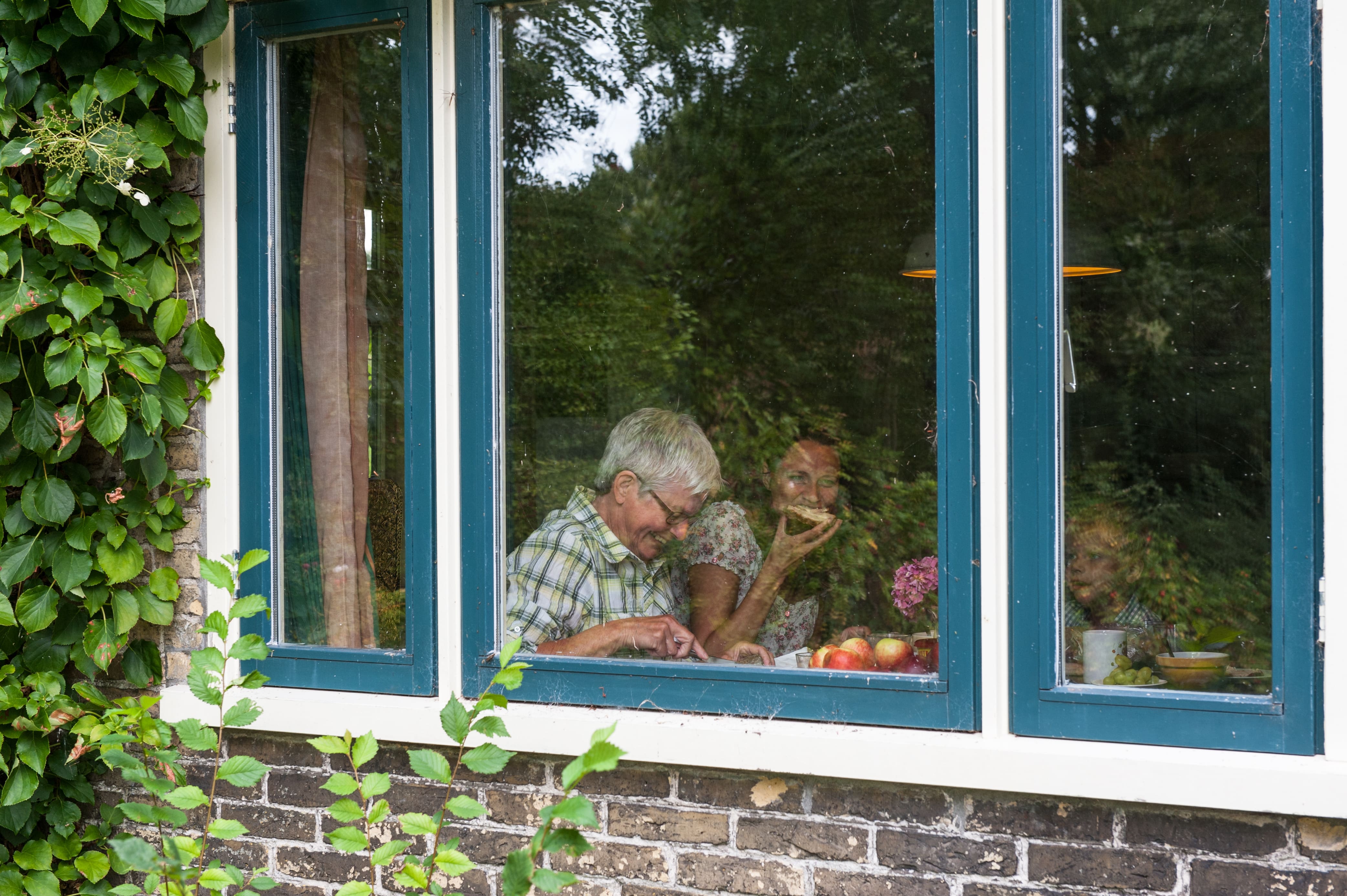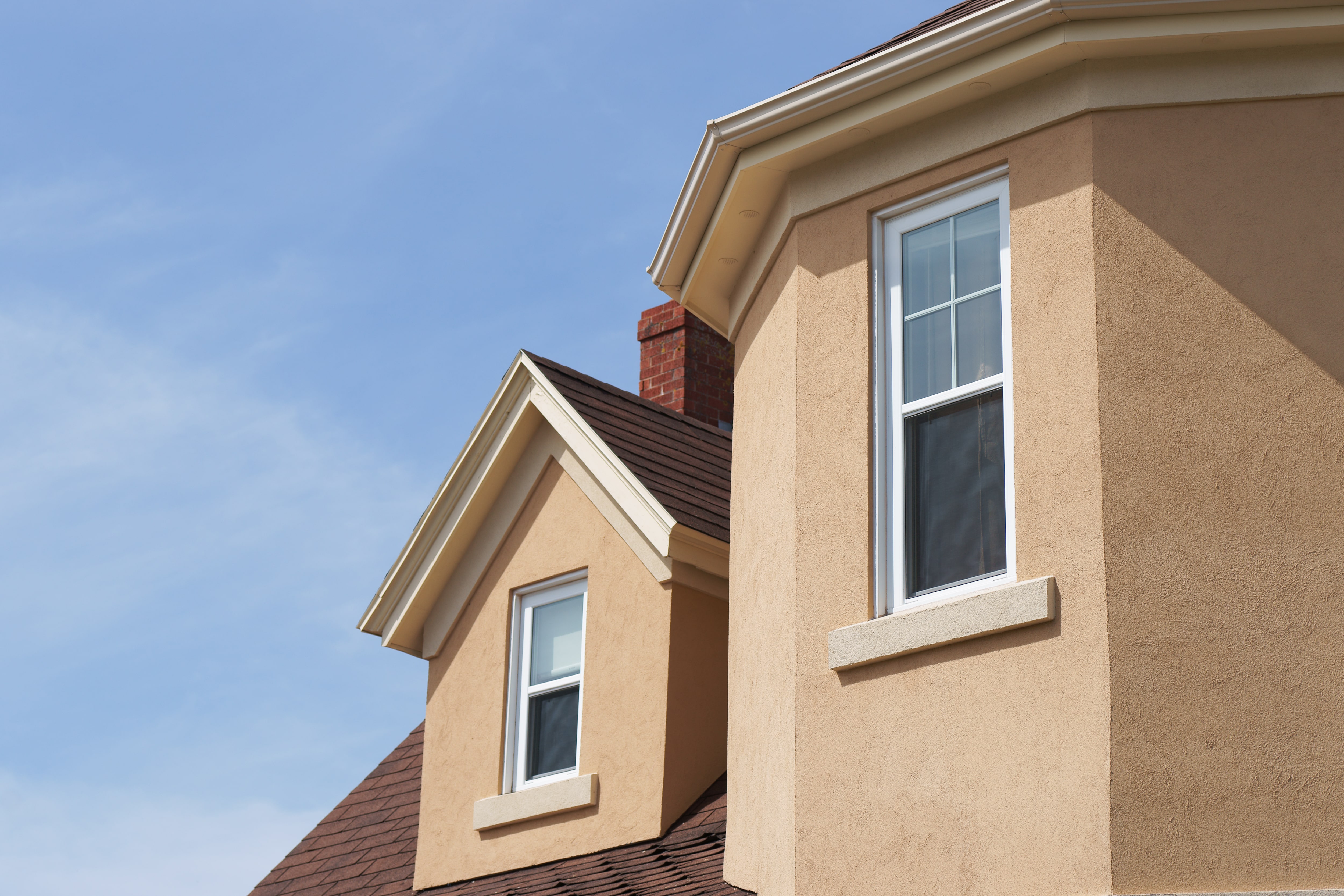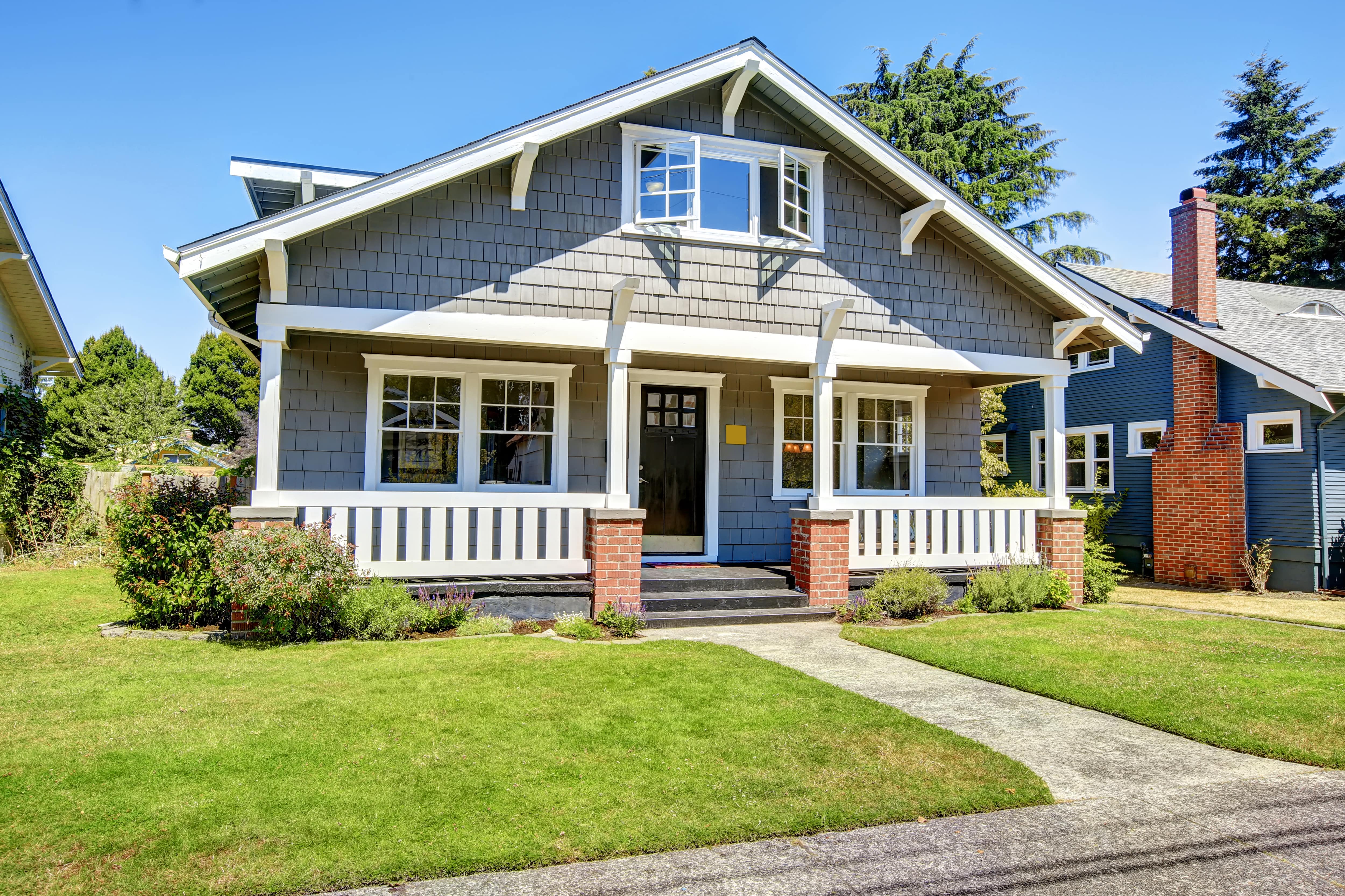16 Exterior Window Trim Ideas and Styles to Make the Best First Impression
Spruce up your windows to instantly boost your home’s curb appeal


With different colors, materials, and styles, you can give your windows a facelift by updating the trim. Whether you’re installing replacement windows and also want to install new trim or you want to shake up the design of your existing windows, there are plenty of exterior window trim ideas that can elevate your home.
Best Window Trim Materials
Most people associate wood with window trim, but it isn’t the only material you can use. What you select depends on your budget and the desired aesthetic and durability. Below are some common exterior window trim materials for consideration.
Wood
Timeless wood looks good on your exterior window trim no matter the architectural style of your home. It’s an ideal sustainable, natural option for the eco-conscious and comes in various textures and types to suit most budgets and tastes. Plus, if you experience big temperature fluctuations in your region, wood is relatively forgiving of these extremes.
But wood isn’t all good. It’s not the easiest to install, and high-quality cedar window trim is more pricey than basic vinyl trim. You’ll also have to be vigilant for wood-eating pests and keep up the maintenance to rule out rot.
Vinyl
Vinyl window trim (especially faux wood vinyl) is growing in popularity for good reasons. It’s low-cost, long-lasting, and doesn’t need a lot of upkeep. Like learning how to install vinyl siding, installing vinyl trim is something a savvy DIYer can do themselves. But the faux wood look isn’t for everyone, especially on windows of historic homes. Plus, vinyl can crack in extreme cold or warp when temperatures soar.
Fiber Cement
Like fiber cement siding, exterior window trim styles in this material are becoming more common. This durable, low-maintenance material works in any climate. You can buy it primed and ready to paint or prefinished, and fiber cement with a wood grain finish looks less artificial than vinyl alternatives.
You’ll need to budget for higher costs to install trim made from fiber cement, as this material is heavy and tricky to work with. While it might be pricier, its reliability makes it an excellent long-term investment.
Aluminum
Tough aluminum exterior window trim can easily last half a century with the right maintenance, and it’s a contemporary look that fits with minimalist new-build designs. Aluminum is moisture- and pest-resistant and can handle a range of climates.
However, that doesn’t mean it’s going to be right for you. The smooth metallic finish of aluminum is very flat, so you won’t get the depth of a wood-grain texture. You might also have to call out the pros to fix unsightly scratches or dents.
Exterior Window Trim Color Ideas
Whether you’re painting the window trim yourself or calling in a professional exterior painter near you, check out these different paint colors for exterior window trim.
1. Bright White

A classic color option for window trim, bright white is a popular choice for a variety of reasons. Not only does it go with virtually any exterior paint color, but it can spruce up your exterior without you having to repaint your entire home. Opt for a crisp, bright white in a semi-gloss or high-gloss finish rather than satin or matte so you can easily wipe down the trim when the windows need a little TLC.
2. Soothing Earth Tones

An earth-tone color palette creates a warm and welcoming look for your home’s exterior. For example, pairing a sage green trim with creamy beige siding will create a calming palette that reminds you of the tranquility of nature. Shades of green and brown work particularly well for window trim, but other options to consider include oceanic blue, rich terracotta, or even dusty rose.
3. Slate Blue

Make your windows stand out by choosing two different colors for the inner casing and the outer trim. For example, a brick home with white outer trim and a slate blue inner casing offers a unique style that creates a visual point of interest for anyone passing by.
4. Bold Red

Go bold with your exterior window trim ideas and try out a vibrant shade, like primary red. The warmth of red blends well with rich brown, black, dark gray, or stone siding to add depth and dimension to any home while highlighting the intricacy of your chosen window design.
5. Pastel Green

Boost curb appeal by opting for an unexpected window trim color to captivate the attention of passersby. Try a pastel green window trim continued onto your door trim to create cohesion against bright-colored or muted exterior walls.
6. Gray and White Combination

Gray is a timeless exterior paint color option, but it can also be a trendy neutral hue if you’re looking for an alternative to white. Even with something as stark as a white-on-white color palette, exterior gray trim paired with an inner white trim will allow the windows and other architectural elements to pop.
7. Wood

Create simple, clean lines by using natural wood for the window frame. Not only is wood aesthetically pleasing, but it lasts longer than other window trim options when cared for properly. This material is never going to go out of style, and if you do want to shake things up, it’s easy to paint or stain wooden trim a new color.
8. Black

Update your home’s windows and doors by painting them black. This dramatic and on-trend color choice can create dimension and modernize the overall look of your home. Black is also the perfect option for hiding dirt and imperfections that might show more on a high-sheen white finish.
Using black window trim when the rest of the exterior is painted white or another light neutral shade adds contrasting visual interest, sharp lines, and elegance. For minimalist, modern homes that don’t have a lot of eye-catching architectural details, using a black window trim adds structure and an impression of movement.
Exterior Window Trim Style Ideas
Let the architectural design continue from your home’s exterior to the window trim. Browse through these different exterior window trim styles to spark inspiration for your own space.
1. Geometric

While window grids—also referred to as grilles or muntins—used to be more functional and utilitarian by holding window panes together, they now serve more of a decorative purpose. Geometric window grids help to visually separate a window from a home’s siding and can tie together a modern architectural-style home.
2. Vintage

Preserve your home’s original character and charm by refinishing the existing exterior window trim style rather than replacing it. Sand down the original trim and repaint it with a complementary color scheme. Once the paint dries, you can leave it as is or sand it down with fine-grit sandpaper to distress the trim for an authentic feel.
3. Craftsman

Craftsman-style is characterized by hand-worked local materials that feature decorative elements that show off artistic talent. The raw wood trim surrounding these windows exhibits unmatched artistry that complements the wood siding on the rest of the home.
4. Faux Shutters

Another way to boost the curb appeal of your home and highlight your window trim is to add faux shutters to the windows. Shutters used to offer protection and insulation, but today, they’re mostly decorative. Installing faux shutters can create cohesion and balance out empty exterior space. Or, they can provide an interesting visual contrast if you choose a shutter color that’s different from your trim.
5. Stucco Apron

The window apron is the piece of trim located directly underneath the window sill that can come in various styles and materials. An apron adds dimension to the exterior of a home and is another eye-catching element, especially if you play around with complementary colors.
6. Decorative Header

You can elevate the look of your window by adding a header to the top of the window frame. This will make all your windows look taller and more commanding on your exterior, lengthening your facade for a strong and modern appearance.
7. High-Profile Casing

High-profile window casing is characterized by adding layers of window trim to create an elegant look for Victorian, Transitional, and Colonial-style homes. Try a layered bright white trim around windows and doors to make a sophisticated design statement that creates dimension in an otherwise overlooked space.
8. Flower Boxes

Another way to dress up your windows is to make room for window boxes underneath the window sill to add personality and charm. Bracket the flower boxes below the window trim and plant a variety of flowers and greenery to add pops of color to the front of your home. Bonus points if you plant flowers that match or complement your chosen trim color!
Kaitlyn Pacheco contributed to this piece.
Frequently Asked Questions
Window casing is a type of trim. It’s the practical molding that frames and finishes your windows, helping to keep the elements out. It also serves a decorative purpose. Trim is the overall millwork and molding that frames many sections of your home—inside and out. It includes window and door casings, baseboards, crown molding, and exterior frieze boards.
Wood, particularly cedar, is the most common exterior trim material for windows because of its availability, sustainability, and adaptability. However, modern homes increasingly use other materials, such as easy-to-install and budget-friendly vinyl.
In terms of design style, you’ll usually see sleek, flat trim on the windows of modern homes. More costly fluted or curved detail trims are available, but they tend to be reserved for a specific architectural look, such as those on Colonial, Victorian, or ranch-style homes.
There are different trim sections at the top of exterior windows. There’s the head casing, which is part of the casing that extends all the way around the window. In classic homes, you might also have decorative, dimension-adding crown molding at the top of a window in keeping with the architectural style. Vinyl capping on the top section of the trim is also common for all exteriors. It offers extra protection from drips and can extend the lifespan of the trim.





- 7 Tips to Choose Tile Trim and Edging for Your Home
- 5 White Wall and Trim Color Combinations That Will Stun You With Every Glance
- 10 Tips on How to Make Windows More Energy Efficient
- How Long Do Windows Last and When Should You Replace Your Windows?
- How Long Does It Take to Replace a Window?
- 6 Tips for Choosing the Right Replacement Windows for Your Home
- 7 Types of Window Frames: Pros, Cons, and Costs
- 15 Kitchen Window Ideas to Inspire Your Culinary Space
- 15 Window Design Ideas to Transform Your Home
- 7 Common Window Problems and How to Avoid Them










